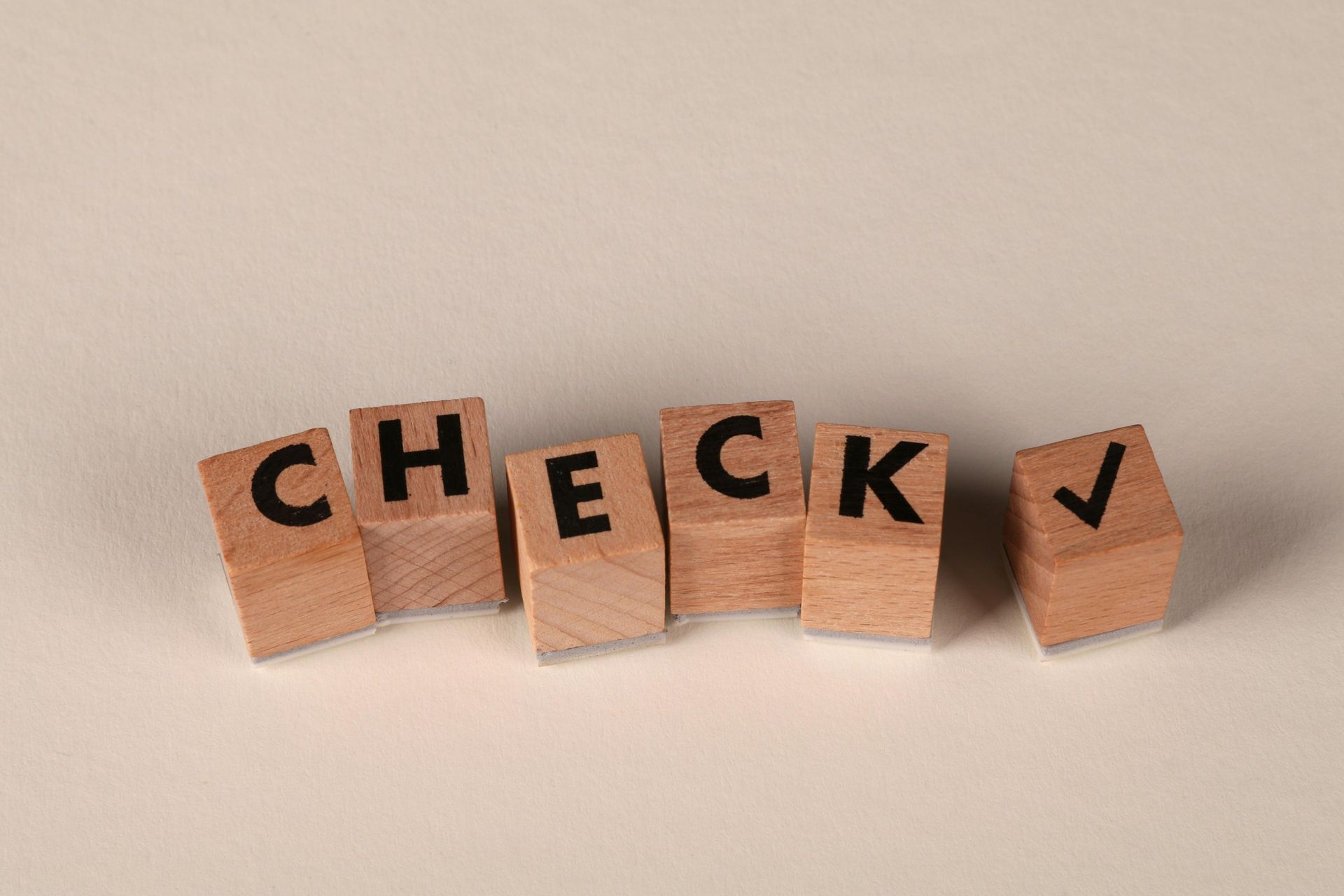Understanding Writs of Execution in Texas: A Layperson’s Guide
If a court determines that someone owes money to another party, the debtor—referred to as the "judgment debtor"—typically has 30 days to pay off the debt. If the debt remains unpaid after this time, the creditor, or "judgment creditor," can take legal action to enforce the payment through a Writ of Execution. This legal process, governed by Texas law, enables creditors to collect what they are owed by seizing and selling the debtor’s non-exempt assets.
What Is a Writ of Execution?
Under Texas Rules of Civil Procedure 629, a Writ of Execution is a court order that authorizes a sheriff or constable to seize the debtor’s property to satisfy the debt. This writ is an essential tool for creditors when voluntary repayment has not occurred. Once the writ is issued, it is handed over to a county constable or sheriff, who is required to act “without delay” in collecting the debtor’s real and personal property. The seized property is then sold, and the proceeds are used to pay off the debt. If multiple writs are filed against the same debtor, the assets are distributed in the order the writs were received.
What Property Can Be Seized Under a Writ of Execution?
Texas law is very specific about which types of property can and cannot be seized to satisfy a judgment.
Exempt Property
Certain assets are protected from seizure under Texas Property Code § 41.001. These include:
- The debtor’s homestead (primary residence)
- Wages earned from employment
- Professionally prescribed health aids
- Workers’ compensation benefits
- College savings plans
- Some insurance benefits
- Personal property valued up to $50,000 for individuals and $100,000 for families
Unique to Texas, the law also protects items like family Bibles, two firearms, pets, and for rural residents, livestock (e.g., 12 head of cattle and 120 fowl). This extensive list reflects Texas's cultural heritage and values.
Non-Exempt Property
Assets that are generally not exempt include:
- Vacation homes
- Timeshares
- Pleasure boats
- Airplanes
- Jewelry exceeding certain value thresholds
The specific procedures for seizing different types of property are detailed in Texas Rules of Civil Procedure 639.
Can a Writ of Execution Be Avoided?
Judgment debtors have a few options to avoid the execution of a writ:
- Filing a Supersedeas Bond
A supersedeas bond can temporarily halt enforcement of the writ. This bond, filed with the county clerk or justice of the peace, preserves the status quo while the debtor seeks further legal remedies. This option is governed by Texas Rules of Civil Procedure 634.
- Challenging the Execution
Debtors can file a claim for wrongful execution in situations such as:
- The debt has already been paid
- Exempt property is being seized
- The levy is excessive
Additionally, courts take extra care to protect property classified as a homestead under Texas Property Code § 41.002(c). When only one spouse is responsible for the debt, Texas Family Code § 3.202(a) and related provisions provide guidance on levying against community or separate property.
The Role of County Officials in Executing the Writ
Once the writ is issued, its enforcement falls on county officials, typically a sheriff or constable. These officials must act in accordance with Civ. Prac. & Rem. Code § 34.072, which requires them to execute the writ and report back to the court. They must:
- Give proper notice of the sale of seized property
- Ensure the proceeds are appropriately delivered to the creditor
- Avoid overstepping legal boundaries, such as seizing exempt property
Failing to execute the writ properly can result in serious consequences, where a sheriff’s refusal to levy on a property initially listed as exempt (but later deemed abandoned) led to court action and damages awarded to the creditor.
Preventing Fraudulent Transfers
One challenge creditors face is when debtors attempt to hide or transfer assets to avoid collection. To address this, Texas follows the Uniform Fraudulent Transfer Act under Tex. Bus. & Comm. Code § 24.001 et seq.. This act provides legal remedies to creditors when a debtor’s transfer of assets is deemed fraudulent.
Effect of a Defendant's Death on Writs of Execution
Under Civ. Prac. & Rem. Code § 34.072, the death of a defendant after a writ of execution is issued halts execution proceedings. However, any lien acquired from the writ's levy is still enforceable by the county court when paying off the deceased's debts.
Why Proper Execution Of The Writ Is Crucial
The rules for filing and serving a Writ of Execution are strict and detailed. Missteps, such as filing the writ in the wrong county, failing to serve the proper parties, or missing key deadlines, can lead to delays or even render the writ ineffective. Both creditors and debtors must ensure compliance with these rules to avoid unnecessary complications.
For creditors, failure to properly enforce the writ could mean losing the opportunity to collect on a judgment. For debtors, not responding appropriately to a writ could result in the loss of valuable assets, even those that might have been exempt.
Writ of Execution FAQs
What is a Writ of Execution in Texas?
A Writ of Execution in Texas is a court order that allows a creditor to collect unpaid debt by seizing and selling the debtor’s non-exempt assets. This legal process is enforced by a sheriff or constable and is governed by the Texas Rules of Civil Procedure.
What property is exempt from seizure under a Writ of Execution in Texas?
Under Texas law, exempt property includes your homestead (primary residence), wages, health aids, retirement accounts, workers’ compensation benefits, college savings plans, and personal property valued up to $50,000 for individuals or $100,000 for families. Additionally, family Bibles, two firearms, pets, and livestock are also protected.
What types of property can be seized under a Writ of Execution?
Non-exempt property that can be seized includes vacation homes, timeshares, boats, airplanes, and jewelry that exceeds certain value thresholds. These items can be sold to satisfy the debt owed to the judgment creditor.
Can I stop a Writ of Execution in Texas?
Yes, a judgment debtor can stop a Writ of Execution by:
• Filing a supersedeas bond to temporarily halt enforcement; or
• Challenging the execution if the debt is paid, exempt property is being seized, or the levy is excessive. These options are outlined in the Texas Rules of Civil Procedure.
What happens if the sheriff or constable doesn’t properly execute the writ?
If county officials fail to properly enforce a Writ of Execution, it could lead to legal consequences. For example, a refusal to levy on property deemed non-exempt or procedural missteps could result in damages being awarded to the creditor.
How can creditors address fraudulent transfers to avoid asset seizure?
Texas law protects creditors under the Uniform Fraudulent Transfer Act. Creditors can file legal claims if debtors attempt to hide or transfer assets to avoid collection. The courts can reverse fraudulent transfers to ensure creditors are paid.
What should I do if I receive a Writ of Execution in Texas?
If you receive a Writ of Execution in Texas, review the property listed to ensure exempt assets are not being targeted. You should act quickly to:
• Pay the judgment if possible;
• File legal challenges if the writ is improper or excessive; or
• Seek legal advice to protect your rights and property.
Legal Solutions For You | Wilson Legal Group
Looking for Top Litigation Representation in the Dallas, Houston or Austin? Contact Wilson Legal Group!
Understanding and addressing Writs of Execution can be daunting, but with the right legal guidance, you can approach the process with clarity and confidence. If you have questions about how to proceed, reach our knowledgeable attorneys can provide tailored advice for your situation.
Need help with a Writ of Execution in Texas?
Our experienced attorneys are here to deliver results!


Have an idea for a blog? Click and request a blog and we will let you know when we post it!











